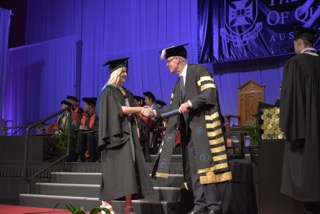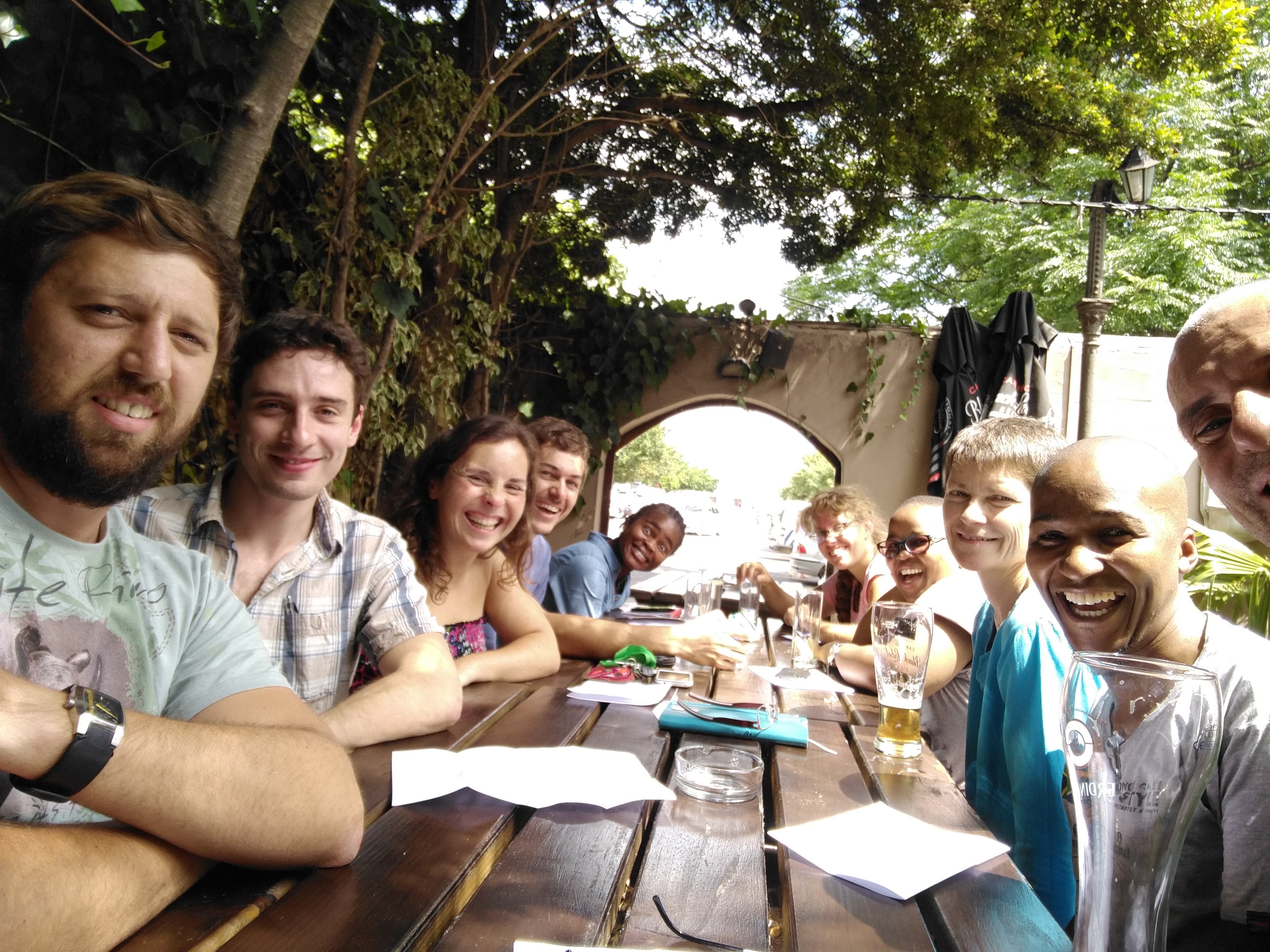Can you summarise your PhD using only the top 1000 used words?
The aim of our lab meeting today was to sum up our project topics using only the top 1000 words in the English language. Scientists are often accused of not being able to communicate with members of the public because of the complex language we use. This is a real problem as we need to be able to communicate with everyone (not just each other). Giovanni recently published a an article in FrogLog, but how well did he do in using simple language that everyone can understand?
Using a website (
up-goer) we can now see which words we use are more difficult, and this can also guide us in which words we can use.
In the image above, you can see the first paragraph of
Giovanni's text (follow link to explore functionality) with each word in a colour showing how simple or complex it is. Green words are the 1000 most commonly used. Words change from green to brown as they move down the list of commonly used words. By clicking on a coloured word (on the website) you can see how common it is. For example, "notorious" is 12772 on their list of words, while "stomach" is 2122, and "frogs" is 10286.
Here's my attempt at a description of what we do using the top 1000 words:
"People in our group study animals that have been moved to new places, often causing problems. We try to study what they do to other animals in the area. We hope to help understand how these animals can be managed. "
And here are a selection of contributions from lab members:
Alex Rebelo:
"I am looking at whether the body plan of frogs can be used to explain type of place that they live in. I am also trying to find out if body size, shape or number of young can explain the size of the area where these frogs are found. Many frogs are being lost because of the changes humans are making to the Earth and it is important to know what could have held frogs back in the past to make the best plans for the future."
Giovanni Vimercati:
"I study animals that live far from home. I am using complicated numbers to understand how these animals act and what they will do in the future. I would like to find how we can manage them in order to avoid that they become a problem for nature and people."
Ana Nunes:
"Putting new
crayfish
outside their usual areas is an important problem, because they cause serious problems to many other animals. Although there is no
crayfish
in this part of the world, many from other places have been brought here. As such, there are now four different ones in this area, but people don't know where and how many they are, and how bad they are for the other animals that have always been here. In this study, we will look into where and how many these animals are in the study area and the problems that they cause to other animals, using both field work and a controlled approach. We believe this is
important to help coming up with plans to manage and control these animals." [Ana acknowledges that
crayfish isn't in the top 1000 words - but you can't substitute a crayfish]


